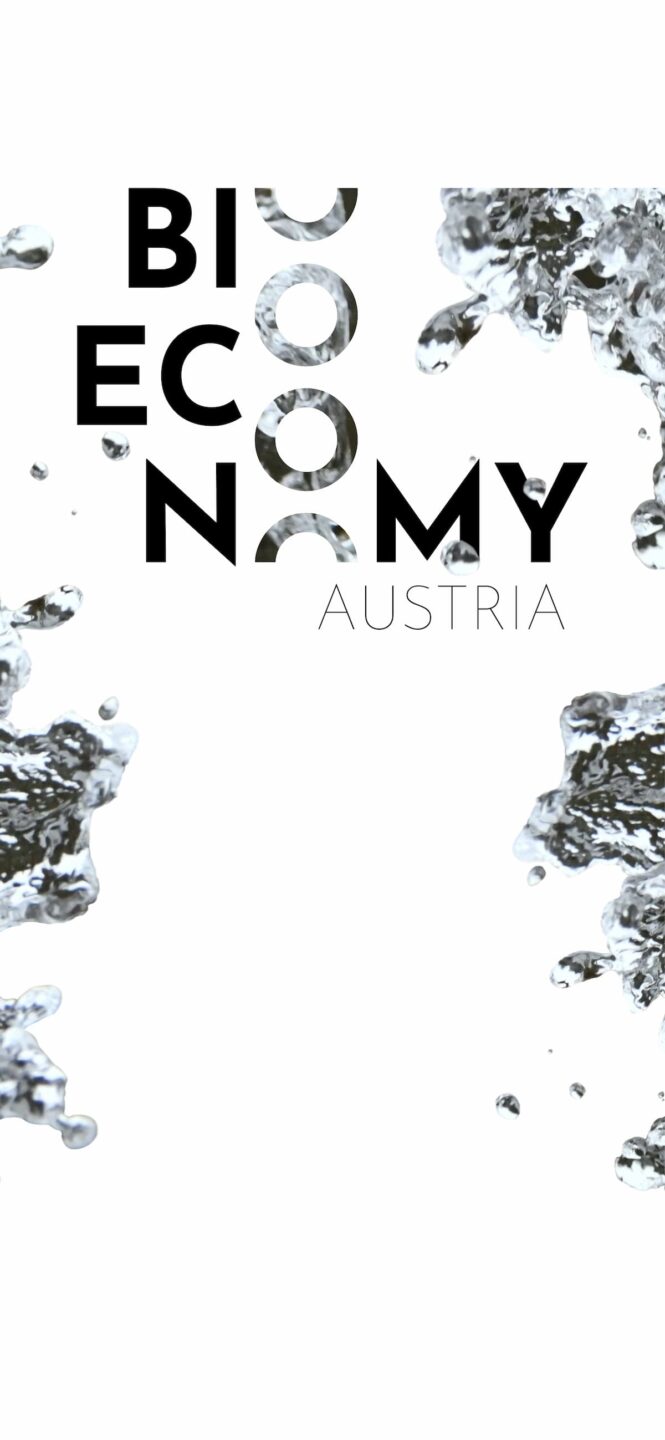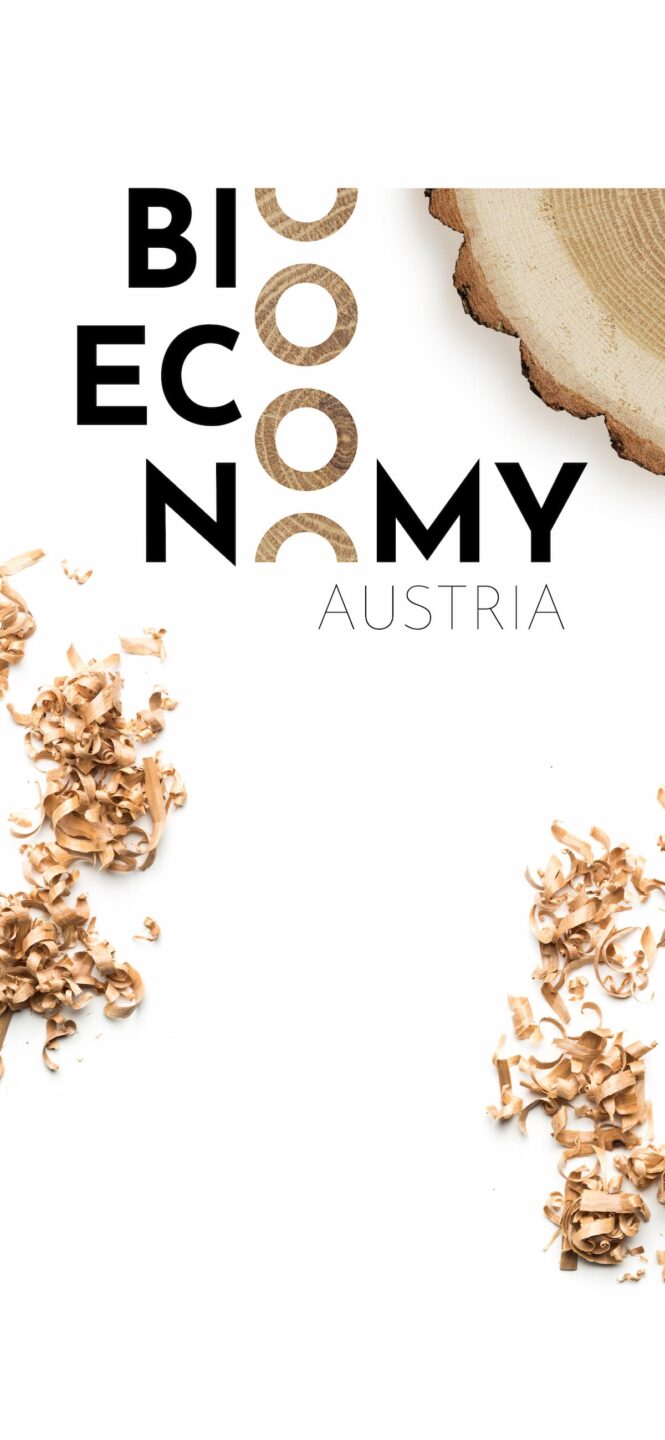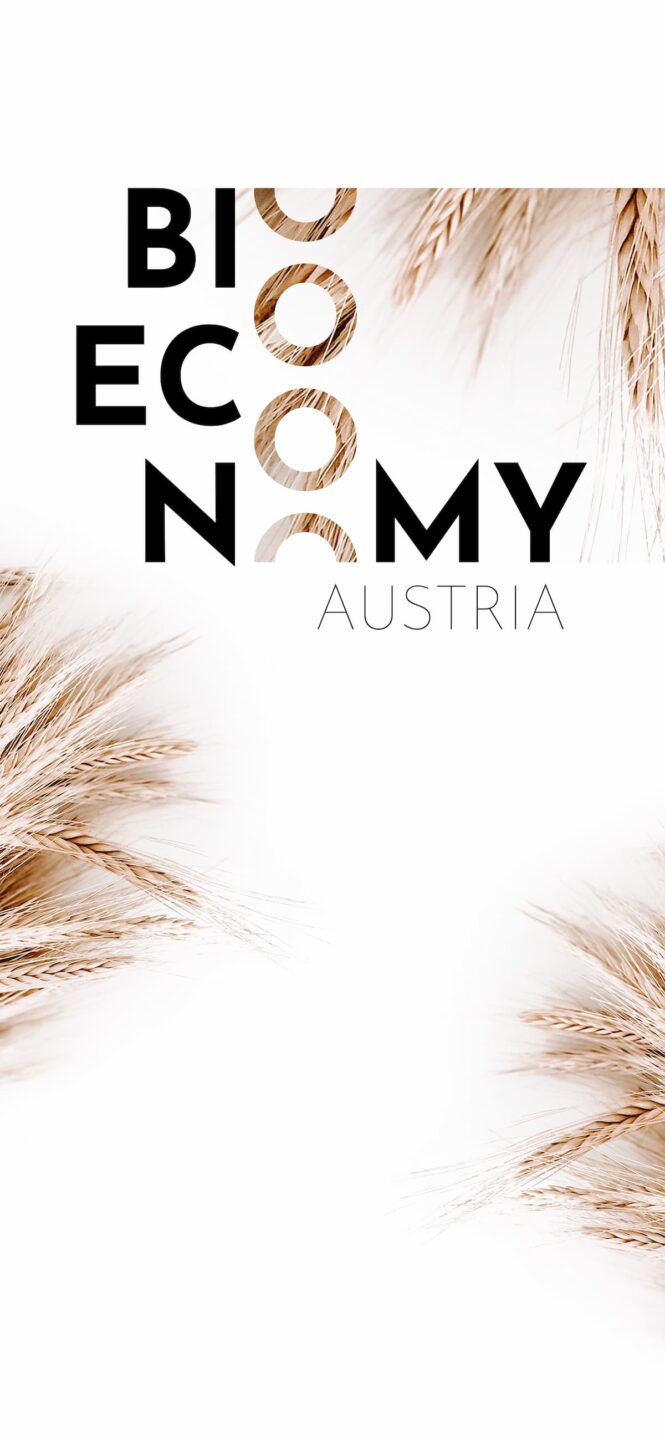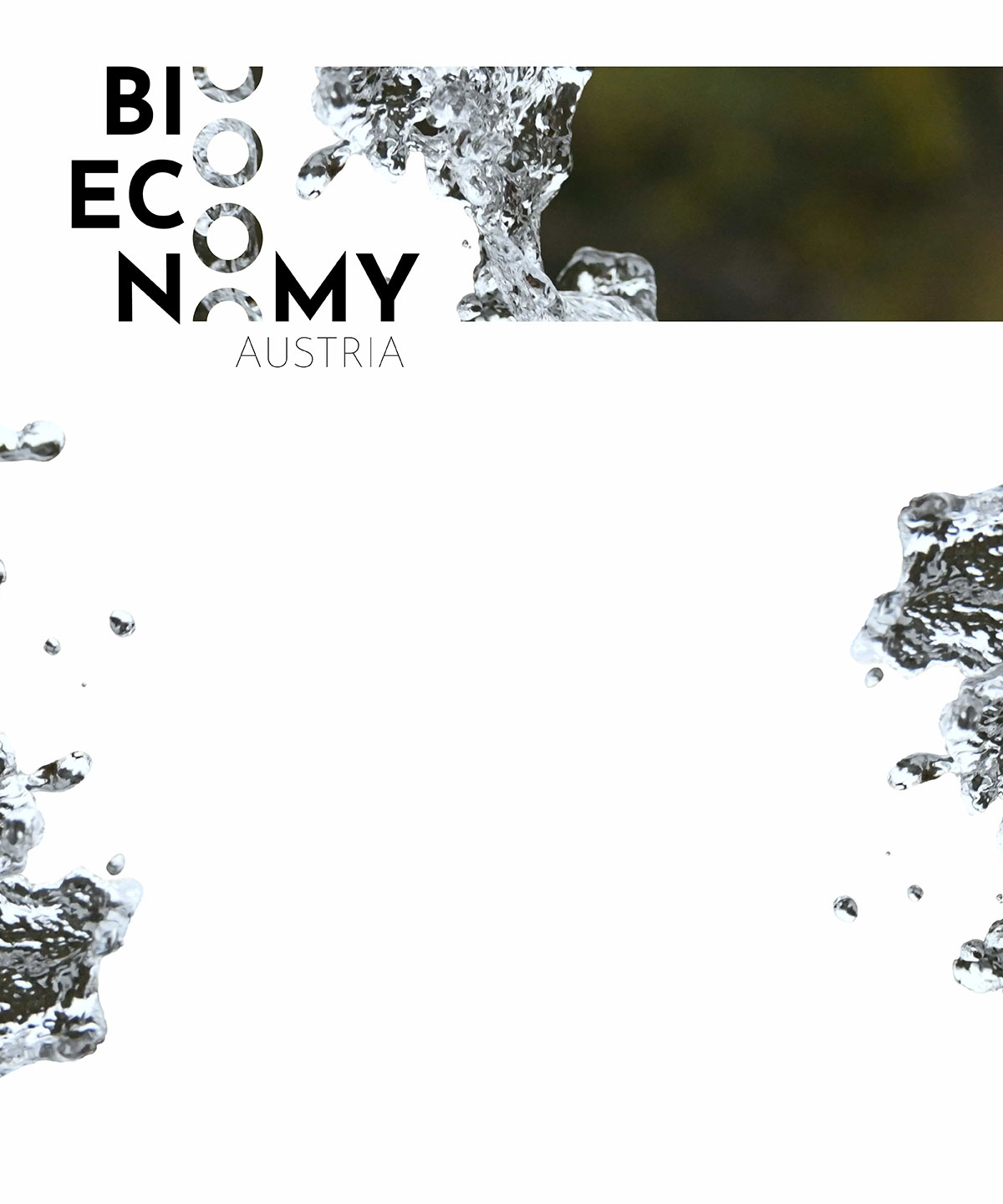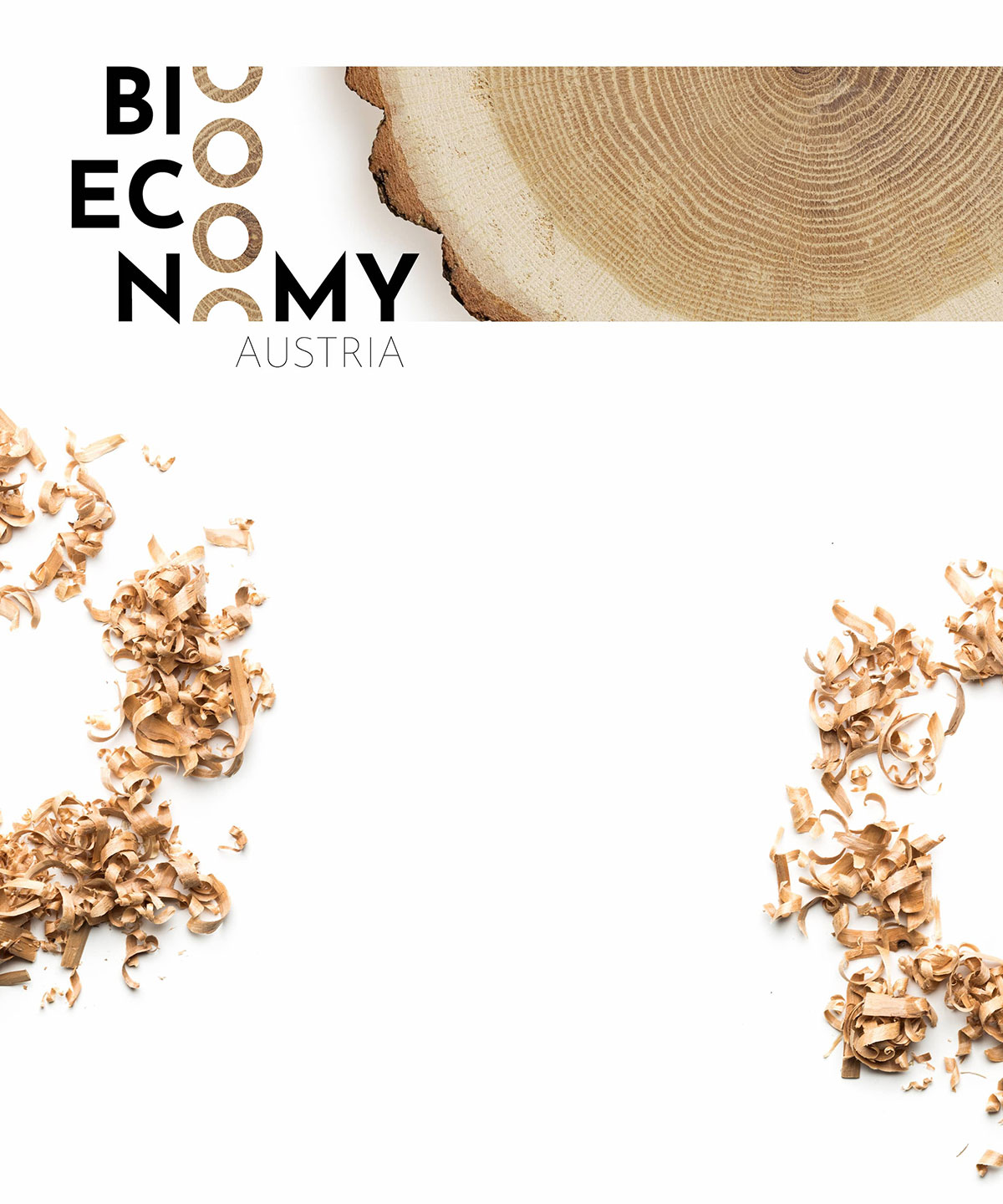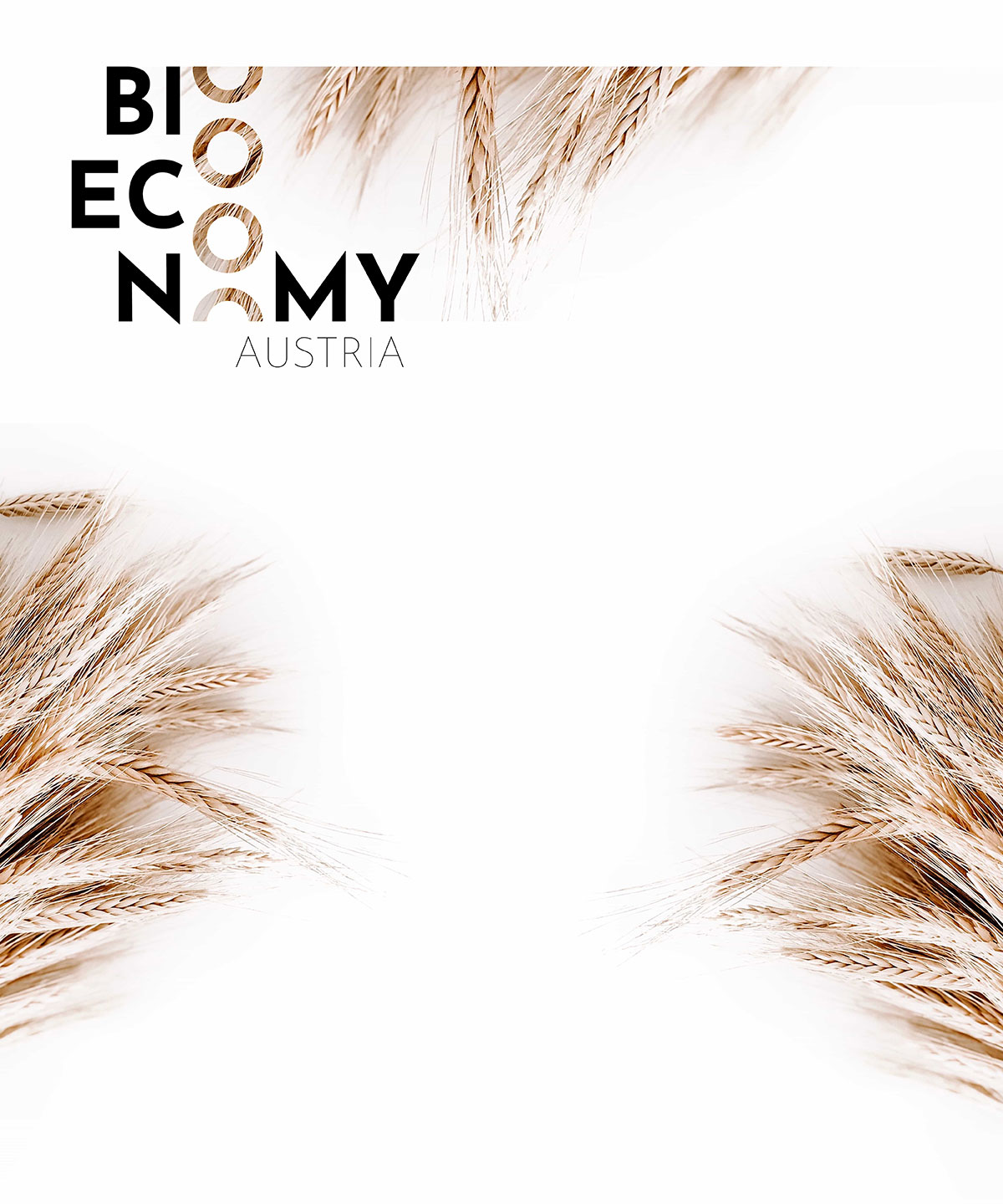FOUNDATIONS
The foundations of today’s linear economic system were laid as early as the 18th century, when both the world’s population and its per capita consumption of resources were far below the earth’s capacious. Moreover, the materials in the economic process were largely biodegradable. These conditions changed dramatically with the Industrial Revolution, yet we still operate according to the same principles today, with far-reaching consequences for the environment and our society.
KNOWLEDGE-BASED BIOECONOMY
With the intention of replacing the fossil raw material base, the EU created a “knowledge-based bioeconomy” in 2005, which was followed by a strategy for bioeconomy in 2012. This however still adopted the existing high-consumption growth model for biogenic resources, which led to both accelerated depletion of renewable resources and societal dislocation (tank-plate-trough problem). Therefore, in 2018, the European strategy underwent an update for environmental sustainability, introducing the need for feasibility studies and evaluations.
THE AUSTRIAN STRATEGY FOR BIOECONOMY
“Bioeconomy stands for an economic concept that aims to replace fossil resources (raw materials and energy sources) with renewable raw materials in as many areas and applications as possible. It covers all industrial and economic sectors that produce, process, handle or use biological resources.“
– definition in the Austrian Bioeconomy Strategy.
In 2019, the Austrian strategy for Bioeconomy completed the intentions for sustainability by explicitly considering essential social aspects: As converting our current economic system into a consumption-reduced circular economy affects all areas of daily life, a transformation across society as a whole is necessary.
BIOECONOMY AUSTRIA
A successful transformation process requires strong cooperation between businesses, science, society and politics. By introducing innovative technologies, existing processes can be modernized, shaping Austria’s economic development in a responsible way. “Bioeconomy Austria” aims to accelerate this development and, starting in the wood sector, to develop concrete measures to implement the strategy for Bioeconomy.
